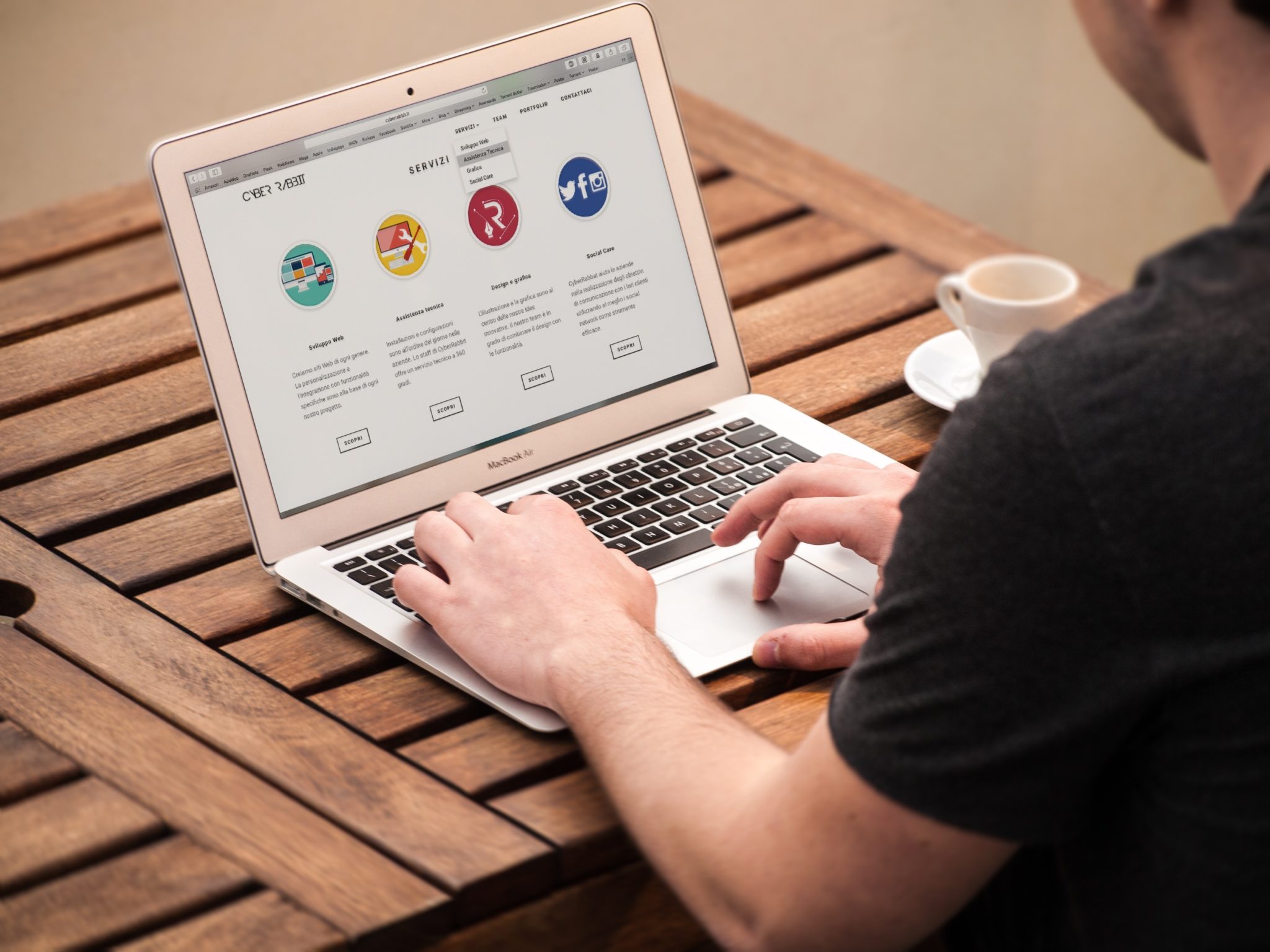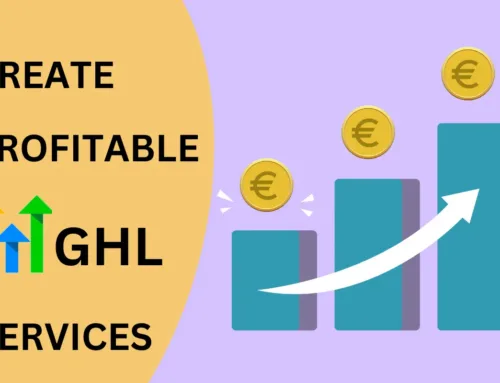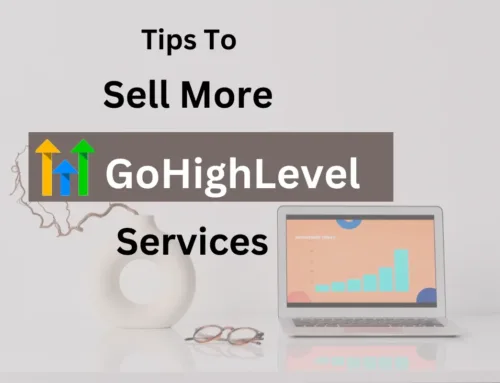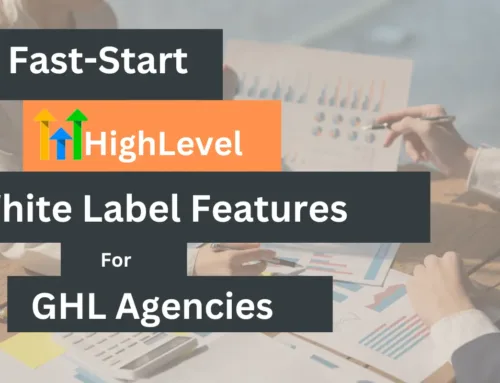Are you familiar with the term ‘window shopping’? I bet you are. The process entails walking by shiny shopfronts looking at the glamorous products – and not buying anything!
There can be several reasons for the inaction. Perhaps it is too expensive, yet we have seen amazing salesmen convincing us to buy an item that we had promised ourselves we wouldn’t fall for. Or, sometimes the process of making a purchase turns out to be so cumbersome that we decide it is not worth the trouble (or money) after all.
There is another side to the coin though — You may see people flocking to one brand, yet their sales are not as impressive as another brand’s.
Websites are similar to shopfronts as they offer services/products for a price. It is only logical to assume that the higher the number of visitors to a certain website, the greater its sales. But that may not always be true.
Understanding the traffic on your business’ website and interpreting the statistics is key to making informed business decisions.

Bounce Rate & Conversion
Increased traffic to a website is a positive indicator. It means that the content is relevant and interesting to people. But what if the visitors are merely window shopping?
Let’s learn more by understanding some number crunching to get a straight answer. Bounce rate is a term used by Google to refer to the number of people who look at a website/webpage, and then hop to another. It is a percentage of users who visit only a single page on a website.
High bounce rates must be offset by a higher conversion rate, with the latter referring to the percentage of people who take a desired action on your website. This may range from connecting with you for information on the services you provide, to submitting their email address as permission for you to contact them for offers and advice.
Leads Vs Conversion
The amount of traffic a website gets does not translate into anything if it fails to serve the business function i.e. increasing sales, expanding the customer based or simply improving revenue.
Leads are visitors that simply have the potential to convert into a customer for the business. So all visitors to the website should not be considered as potential leads.
Conversion, on the other hand, is said to occur only when a visitor’s actions convert into a sale for the business. So simply put, a conversion serves the business function of any company or business — that is to earn more revenue.
Leads and conversions are two different things that need to be understood when analyzing web traffic for your website.
The key takeaway here: work on your website first to increase relevant traffic that can convert into leads and finally into conversion.
How to Increase Traffic
1.- Blogging — Writing that connects with your reader on an intimate level ingrains loyalty and trust that prompts them into action. Find out your target market’s favorite keywords and make sure you factor them into your piece. Blogging is a great way to get your visitors to convert by subscribing to your regular updates. Use it as a tool to market one product at a time, thereby getting information in small bits to your subscriber.
Blogging is also that versatile tool that allows you room to improve your customer base and brand awareness if you give it the necessary care, like posting consistently and more frequently. Share your post on multiple platforms like LinkedIn, Twitter and Facebook, etc. Create a YouTube video of an old post as a reboot. Promptly answer questions that your readers may have and respond to their comments. According to Neil Patel, it is better to produce a single high-quality blog rather than turning out several with low quality.
2. Search Engine Optimization — It is a good practice to optimize your website content so that it ranks higher on a search engine like Google. Keywords and link-building activities, along with improving the functionality and usability of your website, make it easy for Google’s algorithms to work their way through your website to rank it.
Check out our 45-Point Site Audit Checklist for off-page SEO!
Optimizing content would also mean looking at words that request your user to submit their contact details and the length of the form that they have to fill out to sign up for something.
According to a research, a word like ‘submit’ leads to lower lead generation! It has also been noted that improving your web accessibility by making it easier on the eyes and easy to navigate increases your conversion rates by as much as 2% (this is good in a world where most industries are averaging a high conversion rate of 5% or 6%)! However, these tweaks give only short-term results, which further emphasizes the fact that keeping traffic high for increased sales is an ongoing process.
3. Social Media Marketing — One way is to share blogs on social media and keep up to date with the response they bring. In this regard, no platform is too small unless research shows otherwise. For example, Facebook has the most cost-effective marketing platform at present. It is necessary to note that it is the largest social media network despite other platforms’ rising popularity, and is home to people from all demographics.
4. Email — This is another tool to stay in touch with your visitors and bring the lost ones back by offering them a loyalty gift, perhaps! You can share the latest updates and personal observations, including humorous anecdotes via email, to bring people to the website – increasing your website’s conversion rate.
5. Working on Your Website — Remember, increasing traffic is only effective if you get your visitors to become your leads. Adding testimonials to your website from satisfied customers and/or loyal subscribers is a great way to give credibility to your services and prevent your visitors from bouncing right away.
Do you have one form that urges people to get in touch with you for queries? How about you try out different ones, like some offering a specific gift that will be useful to them? For example, a website for recipes may collect the most popular ones together into an eBook that people can print out for someone, or offer a PDF file listing the steps to increase traffic to your website.
There is no one way to go about increasing effective, relevant and actionable traffic to your website. In fact, there are several that are constantly evolving to increase your conversion rates and give you leads that make sales. If we continue to experiment, we can improve statistics for the better.




